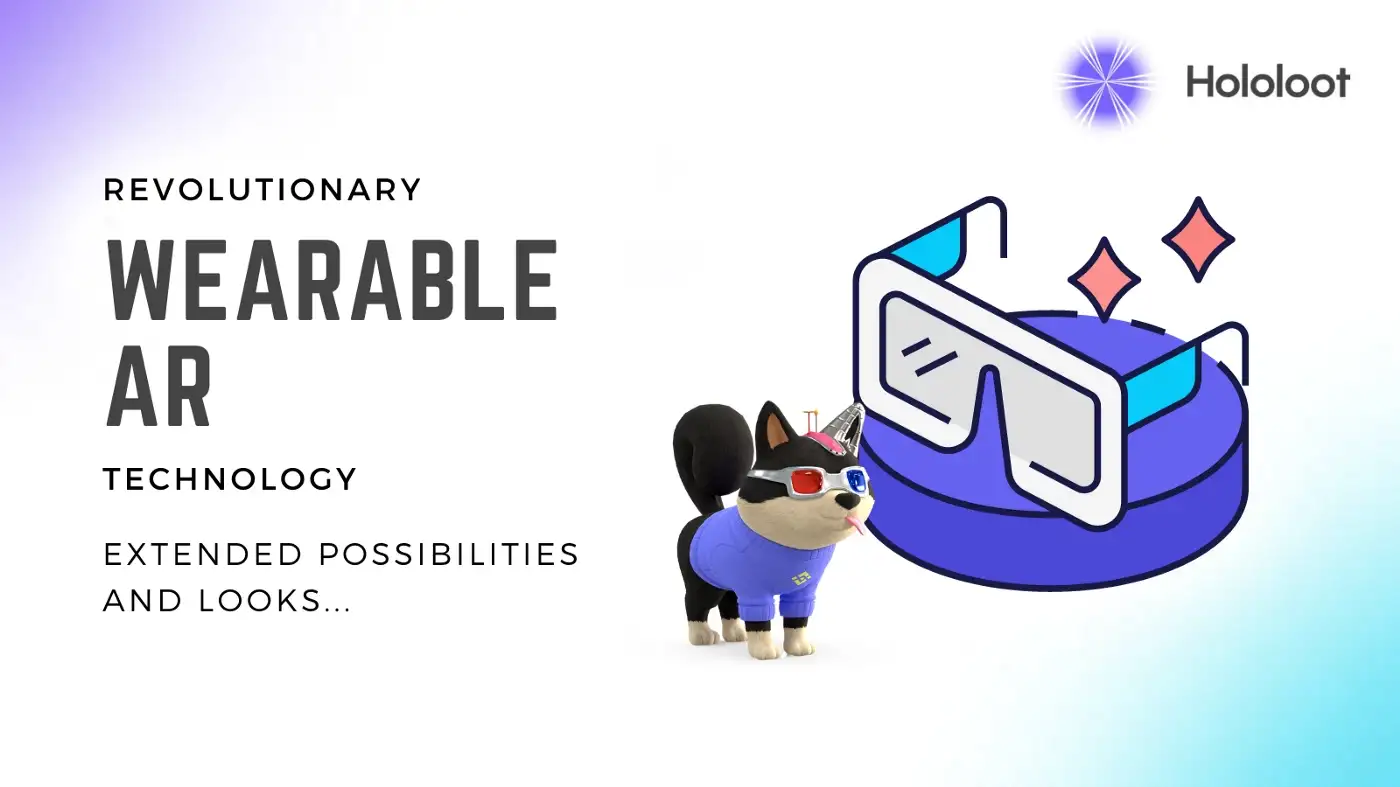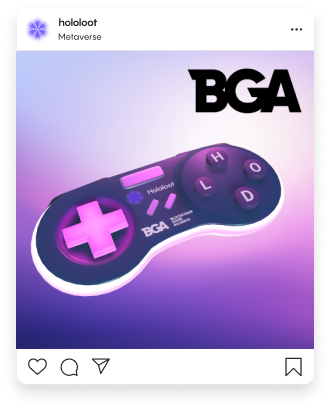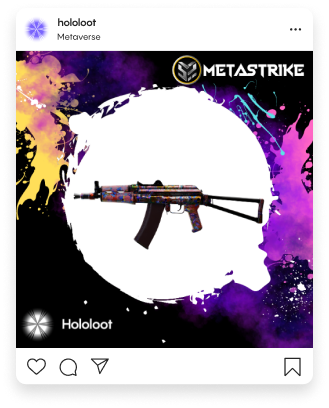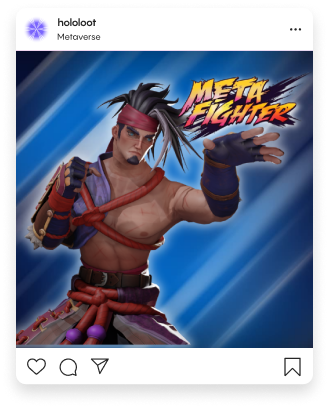Wearable technology has amazing potential, yet only in recent years has it graduated from the realm of sci-fi to reality. We’ve seen attempts come and go: from the smartwatches and fitness bands around people’s wrists to the Google Glasses and bulky VR headsets wrapped around their faces.
As our mobiles and computers become smaller and more powerful, the growing trend is away from creating a separate device to use, and toward combining our tech with things we’re going to wear anyway. Technology is no longer about serving a need — it’s about being stylish as well.
Augmented Reality (AR) wearables are at the bleeding edge of the wearable transformation. The unique nature of AR — which creates a virtual layer on top of our real-world surroundings — makes it one of the most exciting applications for wearables.
Imagine a pair of glasses that put directions on the ground in front of you, allowing you to navigate without taking your eyes off the road (or footpath).
Imagine a game that gives you a true first-person experience, taking you out of your room, away from your VR headset, and to the park with your friends. In this augmented world each player would use their own heads-up display in a pair of lightweight goggles to interact with each other exactly as you would in a regular video game.
Imagine a doctor performing life-saving surgery with every vital sensor readout appearing in their field of vision thanks to a powerful headset.
This world, which was once a futurist’s pipedream, is being realized today. In this article, we explore some of the different options that are already on the market and the unique features each offers.
Snap Spectacles
Snapchat introduced many of us to the world of AR through face filters — AR overlays that changed the way we and our friends looked and dropped funny 3D characters into our photos and videos.
Snap Spectacles extend the Snapchat experience from your phone to your face. The eyewear features cameras which can capture 3D images just as they would appear to the human eye. Spectacles then allow you to export these images to your phone to Snap your friends, or into a dedicated 3D viewer to create an immersive 3D experience.
Spectacles are one of the cheaper options for those looking to get a start in AR wearables, but their functionality is limited. Importantly, the glasses themselves aren’t a display — they allow you to capture images that can be edited with AR effects, however the glasses themselves don’t show you anything in AR. Perfect for people looking for a hands-free photo experience, not so great for those trying to get into immersive AR.
Nreal
Sleek, powerful and feature-rich: Nreal glasses are more what one imagines when you say ‘AR glasses’. Like Snap Spectacles, Nreal glasses look like sunglasses and pack a ton of features into some headwear you wouldn’t be embarrassed to rock in public.
Featuring built-in microphones, speakers, cameras and, importantly, a digital AR display, Nreal glasses allow you to interface with the world around you in AR by creating an overlay you can see through the glasses. This is much like what you get when you use AR apps like Hololoot on your phone, except instead of seeing the world through your phone camera, you’re seeing it everywhere you look — hands-free.
While for now the technology is somewhat limited, in the very near future it’s possible to imagine devices like these having motion tracking abilities as well, for example capturing hand movements to give you the ability to seamlessly interact with the AR overlay you’re experiencing.
Microsoft HoloLens
When you talk about full-featured AR headsets, it’s difficult to go past Microsoft’s HoloLens. This beast of a wearable not only gives you an AR overlay on the world around you but lets you interact with it using nothing but your hands. It’s one of the ultimate AR headsets on the market today, giving us a glimpse at what is possible with AR wearables.
Of course, nothing is perfect. Not only is the HoloLens quite expensive, but it’s also clunky. This is the same stage VR headsets are at, and while we’ll hopefully never see someone trying to cross the road while wearing an Oculus, it’d probably be just as weird to see someone rocking the helmet-like HoloLens while hanging out in the park.
Hololoot: The metaverse everywhere
Designing wearables that people will actually want to wear will be a significant milestone not just for AR, but for technology in general. Companies like Nreal, which are taking the features present in devices like HoloLens but presenting them as something stylish like the Spectacles, will likely lead the way as AR continues to become mainstream.
For Hololoot, this means even more applications for our AR NFTs. As AR becomes more accessible and popular, AR NFTs will play an increasingly important role. This is also very important for the growth of the AR metaverse — as our augmented experiences become even more interactive and comfortable thanks to powerful wearables, the possibilities of how we can connect and interact with the metaverse and each other will also increase significantly.
If the future is in AR, the future of AR is in wearables.










